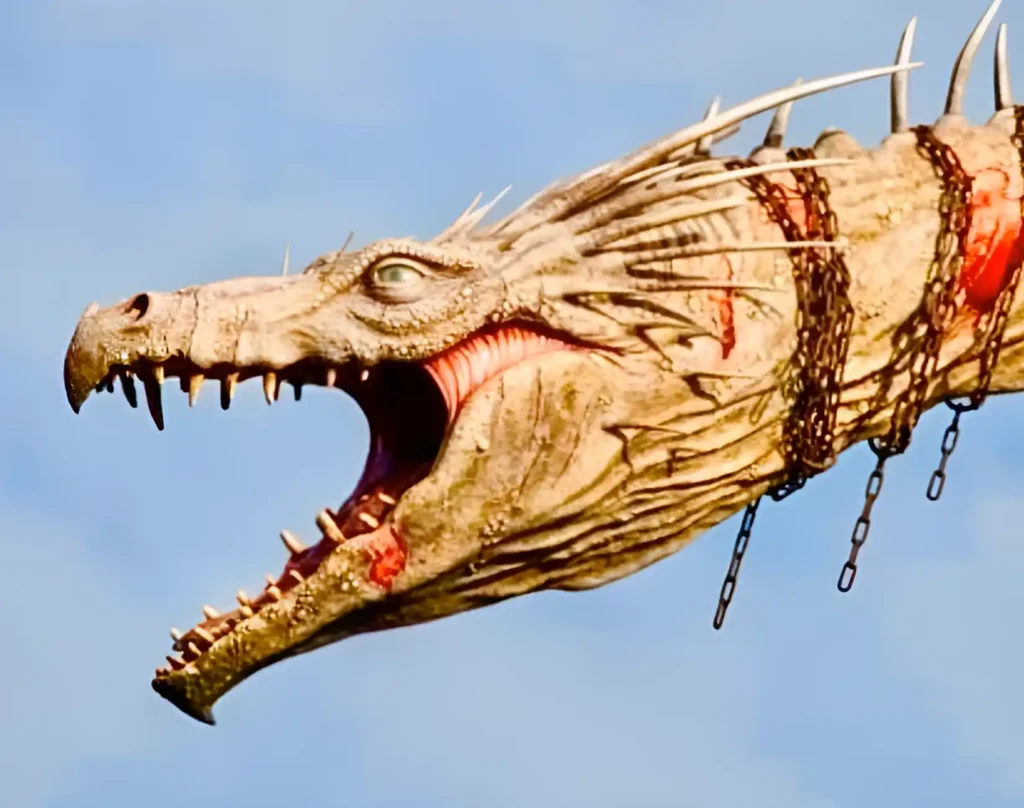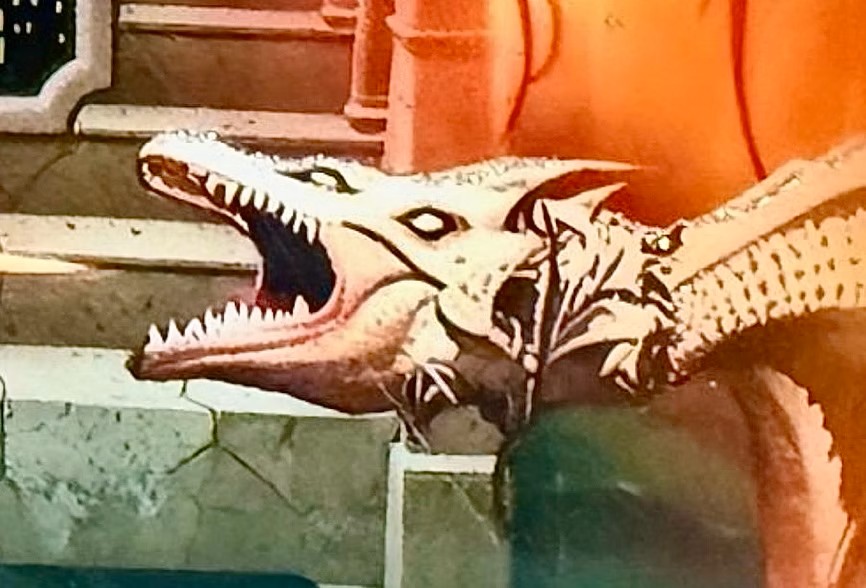“I was shocked the moment I saw the dragon’s face—its eyes sat on the same side of its head.” Those words from a Tilt Forums user summed up a growing unease in the pinball world. Jersey Jack Pinball (JJP) had just revealed its long‑awaited Harry Potter pinball machine. The playfield and cabinet looked rich at first glance, but zooming in told another story. Extra fingers sprouted from hands, train wheels drifted off their tracks, and textures melted into each other. Seasoned collectors quickly recognized the tell‑tale glitches of AI‑generated art. What followed was a three‑week firestorm that questioned artistic integrity, corporate honesty, and the future of licensed game art.
This article breaks down the timeline, the key players, and the sentiment that still swirls around what many now call “AI‑Gate.”
The Reveal That Sparked a Firestorm
JJP’s Harry Potter launch video dropped on 14 June 2025. Within hours a European poster, “Bumpergeist,” started a thread on Tilt Forums highlighting warped faces and mismatched lighting across the playfield art. The post went viral on Reddit, Pinside, Facebook, Discord, and even ResetEra. Owners who had already placed $10 000 pre‑orders began to ask if they were buying a premium product or an AI collage. Mainstream pinball press such as Knapp Arcade and Kineticist picked up the story, giving it legs beyond enthusiast circles.
What made the images so damning was their consistency. The dragon on the back panel had reptilian scales that turned into fur. Dumbledore’s hand ballooned at the knuckles. Ron Weasley’s sleeve merged with a Gryffindor logo. These are classic hallmarks of diffusion‑model hallucinations; they rarely appear in purely hand‑drawn or photo‑composite work.
Spotting the AI Fingerprints: Dragons, Trains, and Extra Knuckles
Enthusiasts dissected every JPEG. They circled:
- The dragon head—left and right eyes sharing one side of the snout.
- The Hogwarts Express—windows shifted vertically, wheels mis‑aligned, smoke warped into geometric clouds.
- Hands and wands—extra fingers or fused knuckles on several characters.
- Background masonry—brick patterns that never repeat but never line up.
Each glitch resembled images produced in Midjourney or Stable Diffusion when prompts are pushed for a painterly look and then up‑scaled. Graphic designers on Knapp Arcade called it “cheap AI slop.” Pinside users compared it to “a Photoshop collage run through an AI filter.” The consensus: the art was not just AI‑assisted; large portions looked fully AI‑generated.
Jesper Abels: Artist Profile and Past Work Under the Microscope
Jesper Abels, a Dutch digital artist credited for the Harry Potter playfield and the Wizard/Arcade cabinet packages, has an online portfolio full of moody cyber‑fantasy pieces. One Behance project, “Solar Script” (published 2021), shows neon skylines streaked with smeared shapes and synthetic glyphs—textures that viewers now link to AI tools. Abels says the series was pure Photoshop compositing, but artifact patterns look familiar to people who spend time in prompt‑driven generators.
When the controversy peaked, Abels finally posted a long statement on Tilt Forums. He admitted that “AI tools were never used to generate full illustrations,” but were used “sparingly and intentionally” to blend complex assets. He stressed that leadership “was not involved in the technical art pipeline” and might not even have known AI was in play. While that disclosure confirmed community suspicions, it also raised new questions:
- If the use was minimal, why do the artifacts dominate the playfield?
- Why didn’t QA catch the obvious glitches?
- Has Abels used similar tools on past commissions without clients noticing?
His statement ended on a proud note—he believed the risk delivered a “unique, dynamic” look—but for many readers it felt like an admission without full accountability.
Jersey Jack’s Response: Denial, Semantics, and Missed Notes
Before Abels spoke, JJP founder Jack Guarnieri told Kineticist bluntly: “AI was not used. No corners were cut, no expense was spared.” After Abels’ confession, Guarnieri softened his stance, arguing that he didn’t count subtle AI compositing as “using AI,” the same way he wouldn’t label SolidWorks CAD features as AI. Critics called this semantics. They pointed out that JJP’s marketing had bragged about “hand‑drawn” art and teased a behind‑the‑scenes video of traditional painting.
Guarnieri later suggested the issue was overblown: “Everybody just wants the game. Once they get it, they love it.” When pressed about fixes, he hinted that future runs might tweak the worst images but offered no replacement plan for early buyers. Some interpreted his remarks about the flawed first run becoming “more valuable” as tone‑deaf.
In short, JJP neither offered a clear apology nor a concrete remediation path, fuelling the narrative that the company hoped the storm would pass once machines shipped.

Community Backlash: Collectors, Designers, and Casual Fans
Sentiment threads divide into three camps:
- Hard‑line critics – They call the artwork “soulless” and “unacceptable on a $10 k product.” Many say they cancelled orders or shifted future spending to rival maker Stern.
- Disappointed but still buying – They hate the art but love the licence and gameplay. Some hope JJP will issue decals or updated playfields later.
- Indifferent players – They argue that pinball is, above all, about shots and rules. If the machine shoots well, they can overlook the graphics.
A sentiment scrape across Pinside and Reddit shows negative words (“slop,” “lazy,” “dishonest”) outnumbering neutral or positive ones roughly three to one. Designers in adjacent industries worry the debacle normalises AI shortcuts on high‑budget licences. Collectors fear resale value drops if AI stigma sticks. Casual on‑location players seem less concerned; they judge the game by fun factor, not brush strokes.
Abels’ Earlier Digital Experiments and the AI Question
The focus on Solar Script opened a broader debate: has Abels quietly blended AI into commercial work before? The 2021 timestamp predates today’s consumer AI boom, but researchers note that early diffusion models and proprietary filters existed in private labs and game studios. The Behance upload shows warped cables and nonsensical street signs—patterns that match early‑generation image synthesis. Yet no metadata or PSD layers have surfaced to prove it.
Without hard evidence, accusations remain circumstantial. Still, the visual similarity erodes trust. For many artists, the line between “mixed‑media digital painting” and “prompt‑to‑image over‑paint” is now too blurry to police without full layer disclosures.
What the Debacle Says About AI in Licensed Art
Three lessons stand out:
- Transparency matters. Had JJP disclosed limited AI use from day one, the reaction might have been smaller. Silence and denial bred suspicion.
- Quality control can’t rely on zoomed‑out mock‑ups. AI artifacts often appear only at print resolution. Pinball companies—and any merch brand—need pixel‑level reviews before launch.
- Community trust is fragile. Pinball is a niche where collectors spend car‑level money on nostalgia. Perceived shortcuts clash with expectations of craftsmanship.
The episode also highlights a semantic gap. To many customers “AI‑generated” means any content where a model contributes pixels, no matter how small the role. To some executives, it means a prompt replacing an illustrator wholesale. Until industries agree on definitions, more PR clashes are likely.
Where Things Stand Now
Machines have started shipping. Early owners confirm the playfield looks exactly like the promo shots—extra fingers and all. Rumours say later production runs may receive touched‑up art, but JJP has not committed publicly. Few distributors report returns, yet preorder chatter is quieter than past JJP launches.
Meanwhile, forum moderators have pinned the AI‑Gate threads, ensuring new buyers see the discourse. Designers at other pinball firms tell reporters they are tightening art approval pipelines. Some license holders now ask for explicit “no generative AI” clauses.
Conclusion
The Harry Potter pinball controversy shows how quickly AI can upend creative expectations. Jesper Abels admits the tools helped him “blend” assets, yet the results look anything but subtle. Jersey Jack’s early denial, later hedging, and lack of a firm fix deepened the wound. Enthusiasts still argue whether gameplay outweighs “soulless” visuals, but one thing is clear: trust, once tilted, is hard to nudge back to centre.
If you’re a collector, inspect the art before you buy. If you’re a studio, disclose your pipeline. And if you’re an artist, know that audiences can spot AI fingerprints faster than ever. The ball is now in the industry’s court.

